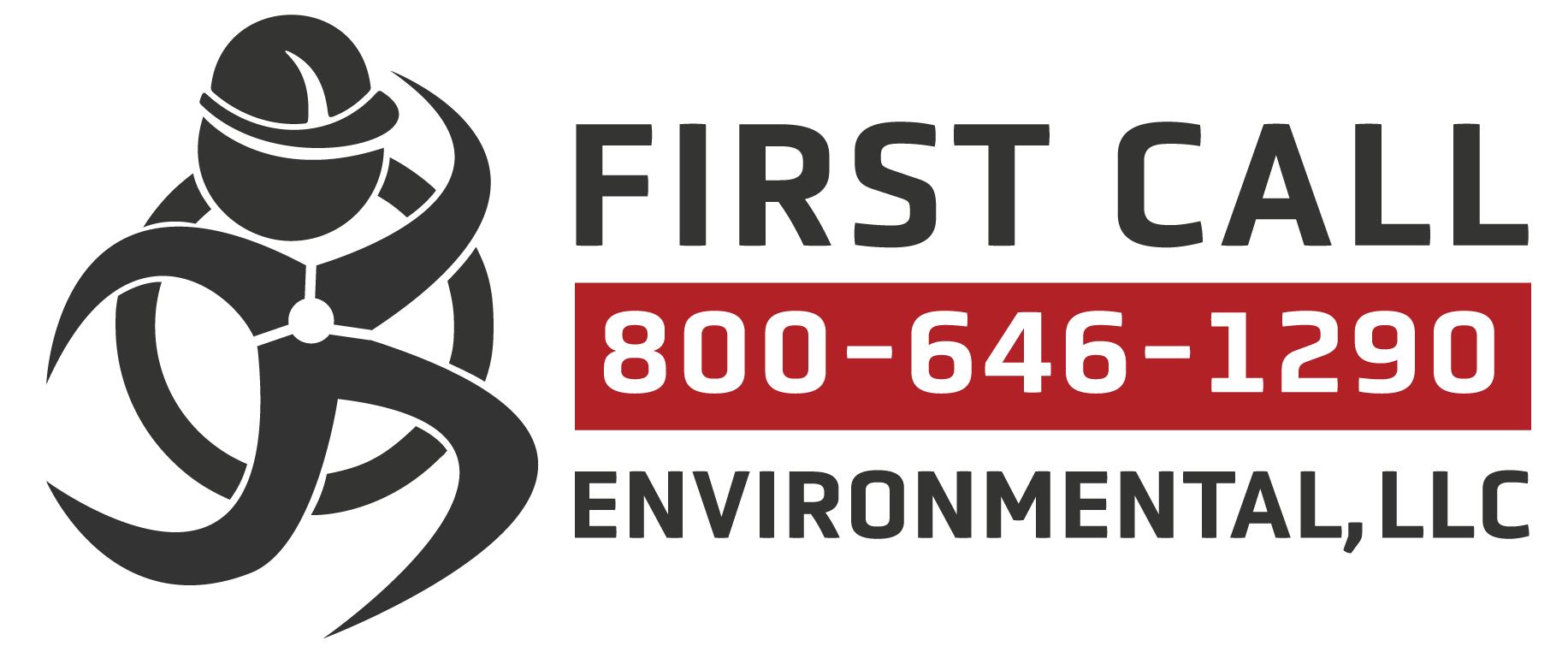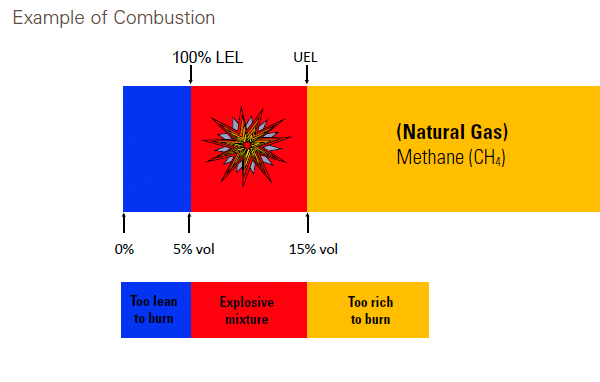What does LEL mean and how does it relate to our safety?
LEL is the lower explosive limit. The flammable range is considered the values between the Lower Explosive Limit and Upper Explosive Limit. At these ratios, combustible and flammable gases/vapors will burn or explode if an ignition source is present.
We run into this value on road side spills, as well as terminal responses. It is important to understand what tools to use to prevent your personnel from being in harm’s way.
Based on detection and monitoring, the amount of gas or vapor present is seen as a percentage of Lower Explosive Limit on our meter as LEL. Zero percent means that the atmosphere is entirely free of explosive and flammable gases. One hundred percent means that the gas concentration is at its lower explosive limit. A 50% reading indicates that gas or vapor concentration is half what is needed to combust. The relationship between Lower Explosive Limit percent and percent by volume varies from gas to gas.
It’s important not to confuse the percentage reading on the 4-gas meter with the actual Lower Explosive Limit concentration. For instance, a 50% reading for methane means that the concentration is actually 2.2. The Lower Explosive Limit concentration for this gas is 4.4, making a 50% reading half this amount.
The training and policies are in place to protect, guide and direct our personnel for these hazards.

